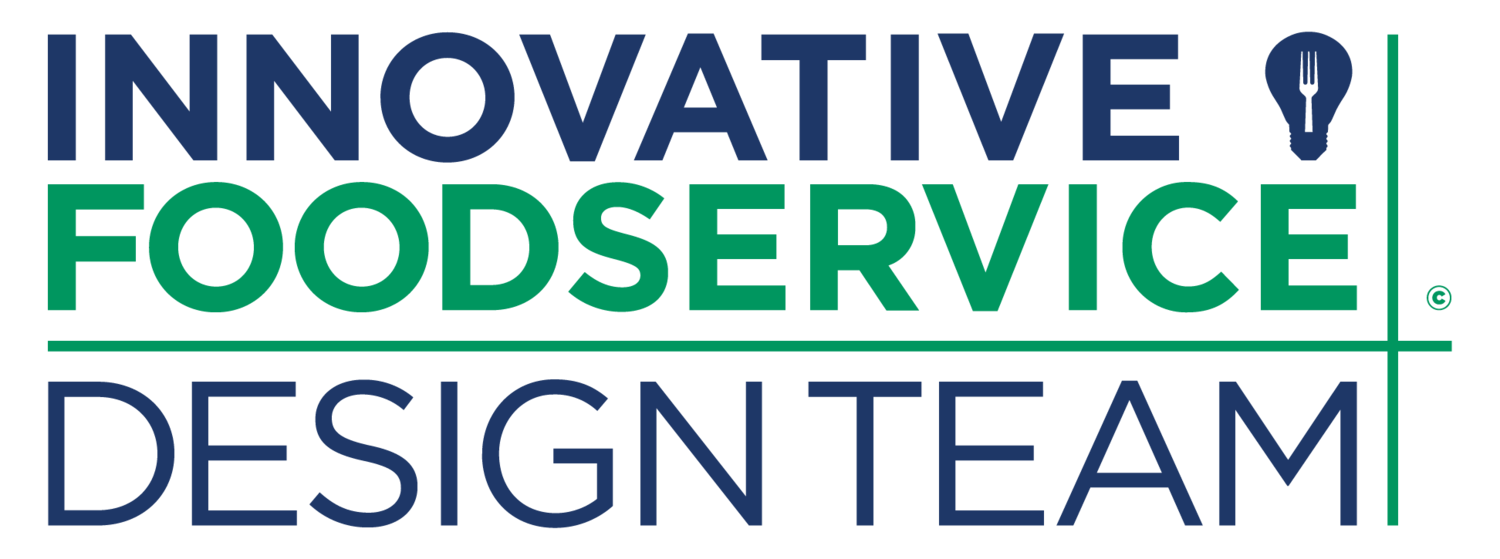Crafting Success: The Art and Science of Restaurant Management Systems and Training
Effectively managing a restaurant extends beyond merely ensuring the lights are on, guests are served, and money reaches the bank; it requires a delicate balance of artistry, systematic approaches, and training. Let's delve into the fundamental elements of restaurant management.
Essential Restaurant Management Systems
1. Inventory Management: Vigilantly monitor stock levels to prevent waste and theft. Establish par levels for ordering to avoid product shortages. Regular inventory checks provide instant insight into costs, allowing strategic management of stock levels. This ensures that cash remains in the bank rather than vulnerable on shelves to theft, wastage, or spoilage.
2. Employee Scheduling: Utilize scheduling software to streamline workforce management during peak hours. This tool facilitates schedule swaps among employees, reducing managerial burden. While management retains control over approving changes and ensuring proper shift coverage, employees gain autonomy. Daily labor scheduling keeps the week on budget, eliminating the hassle of overseeing shift swaps.
3. Customer Service: Implement a structured system for handling customer feedback. This could involve direct managerial interaction with dissatisfied customers or a comprehensive feedback system such as an online form presented during payment. Gathering input, especially addressing complaints before they reach social media, safeguards the restaurant's reputation. Turning a negative experience into a positive one in-house can create a loyal customer.
4. Financial Tracking Systems: Monitor cash flow and expenses through integrated accounting software. This integration with POS and food and beverage software ensures a comprehensive overview. A robust financial reporting system, including profit and loss statements, enables proactive responses to changes in cash flow or expenses.
Training for Effective Implementation
Training is pivotal for the successful implementation of these systems. Ongoing, comprehensive training ensures a content and efficient staff. Consider the following training modules:
1. Customer Service Training: Equip staff to handle various customer service scenarios through role-playing and real-life examples.
2. Food Safety Training: Emphasize the importance of serving safe food, complying with legal and moral obligations. Regular updates and adherence to local health regulations are essential.
3. Operational Efficiencies Training: Cultivate time management and multitasking skills using tracking or project management software. This centralizes tasks, identifies bottlenecks, and enhances overall efficiency.
Implementing these systems enhances accountability, allowing for performance tracking, identifying areas of improvement, and prompt corrective actions. For instance, if the inventory system reveals frequent shortages, accountability measures can be taken to find a solution.
By integrating robust systems and continuous training, your restaurant is poised not just to survive, but to thrive.
